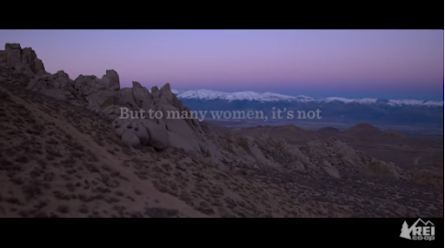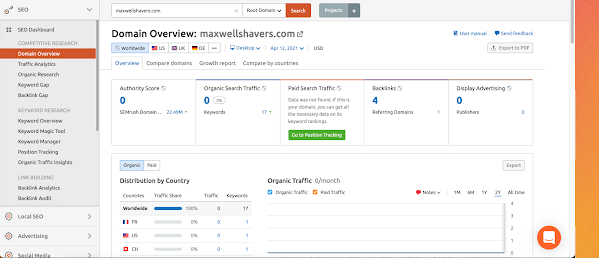Landing Page Metric
The landing page view is a visit characterization metric that is effective in identifying the start of a user’s experience resulting from an intentional marketing effort. (Reed College of Media, 2021) Within the landing page, there are various metrics that a marketer can measure their progress on specific goals or efforts.
A marketer can see what kind of impact their landing page is having on people and the decisions that users make as a result of the landing page. They can create a landing page in line with an e-mail offer, to introduce their mission and goals as a company, or any multitude of reasons and is highly useful in tracking user’s journeys on a website.
According to Active Campaign, the most important landing page metric is the conversion rate. (Minning, 2019) The conversion rate is the percentage of users taking the desired action of the landing page. (Reed College of Media, 2021) This includes but is not limited to subscribing to an e-mail list, purchasing a product, or clicking a video link. Making sure the landing page is clear in its motives and concise is crucial to capturing the desired actions of these users.
The bounce rate (single page visit divided by entry pages), page view (number of times a page was viewed), time spent on page and sessions (an interaction with a web site by an individual consisting of one or more requests for a page) are other metrics that can be used to understand more of what is happening on the landing page. (Minning, 2019) These in turn can be used to improve the conversion rate.
There are many ways to capture the attention of a user and lead them further into a web site. What the marketer optimizes their landing page for is relative to the goals they want their landing page to achieve. (Cook, 2021)
Airbnb uses landing pages to convince users to become hosts. Their Google Ads post-click landing page houses a unique feature that allows users to calculate their potential earnings. The user enters their location, the type of housing they’ll provide and maximum number guests. As a result, they are given a number detailing how much they could make in a month of they became a host. (Airbnb, 2021)
The goal of this page is to convert Airbnb users to Airbnb hosts, and it attempts to do this by taking advantage of people’s desire for passive income. (Vrountas, 2020)
Another company, H.BLOOM, uses a multi-section landing page in order to drive users to schedule a floral design consultation. They use an above-the-fold form to acquire user’s information, and below the fold is a description of how the company operates and benefits its customers.
As you can see, the landing page examples above were created with the hope of converting users in some fashion. They are well-designed with those goals in mind, and don’t leave room for the user visiting the page to get confused. Keeping those things in mind allow for an excellent landing page.
Between measuring a user’s journey through a website or directing them towards a goal, landing pages are essential to any marketing campaign.
References



Hi Maxwell!
ReplyDeleteI love that you included different metrics to be tracked with landing page metrics as well as the examples! Landing pages can be tracked in conjunction with the conversion metrics, because if an email is sent out with a link, technically it is a micro-conversion to click the link and enter to the landing page. From there, conversions can be tracked on the landing page that can lead to macro-conversions.
I liked how you used Airbnb as an example. By showing users how much money they could make by renting out their home, I'm sure their conversions are high and they are able to convert users to renters on the site. Great job!
Best regards,
Ben Massouras